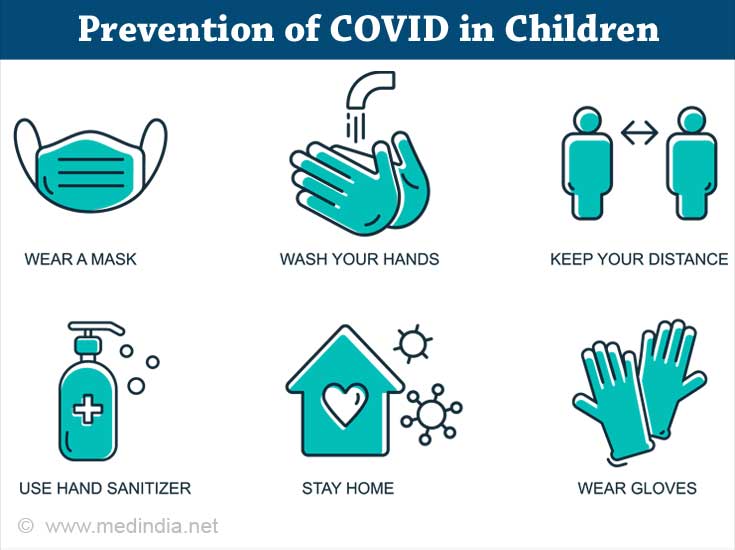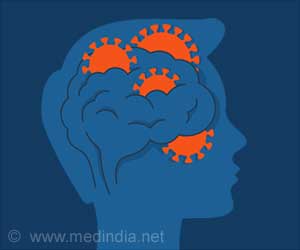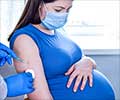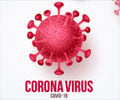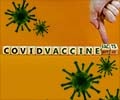- Pregnant or Planning to Become Pregnant? Here's What You Need to Know about the COVID-19 Vaccine - (https://www.ynhhs.org/patient-care/covid-19/vaccine/pregnancy-and-the-vaccine.aspx)
- Ministry of Health and Family welfare - (https://www.mohfw.gov.in/)
- Coronavirus disease (COVID-19) - (https://www.who.int/emergencies/diseases/novel-coronavirus-2019/question-and-answers-hub/q-a-detail/coronavirus-disease-covid-19)
- Guidelines for Management of COVID-19 in Children (below 18 years) - (https://www.mohfw.gov.in/pdf/GuidelinesforManagementofCOVID19inCHILDREN18June2021final.pdf)
- About Variants of the Virus that Causes COVID-19 - (https://www.cdc.gov/coronavirus/2019-ncov/variants/variant.html)
- COVID-19 in Children and Teens - (https://www.cdc.gov/coronavirus/2019-ncov/daily-life-coping/children/symptoms.html)
- Coronavirus in Babies and Kids: Symptoms and Prevention - (https://www.hopkinsmedicine.org/health/conditions-and-diseases/coronavirus/coronavirus-in-babies-and-children)
- Coronavirus (COVID-19) symptoms in children - (https://www.nhs.uk/conditions/coronavirus-covid-19/symptoms/coronavirus-in-children/)
- What Is Coronavirus (COVID-19)? - (https://kidshealth.org/en/parents/coronavirus.html)
- Diagnosis of COVID-19 in children: the story evolves - (https://www.ncbi.nlm.nih.gov/pmc/articles/PMC7254715/)
- Face Masks for Children During COVID-19 - (https://www.healthychildren.org/English/health-issues/conditions/COVID-19/Pages/Cloth-Face-Coverings-for-Children-During-COVID-19.aspx)
- COVID-19 and children - (https://www.unicef.org/india/coronavirus/covid-19/covid-19-and-children)
- 14 Things to Do If Someone You Live With Has COVID-19 - (https://healthblog.uofmhealth.org/wellness-prevention/14-things-to-do-if-someone-you-live-has-covid-19)
- Antibody (Serology) Testing for COVID-19: Information for Patients and Consumers - (https://www.fda.gov/medical-devices/coronavirus-covid-19-and-medical-devices/antibody-serology-testing-covid-19-information-patients-and-consumers)
- COVID-19 Antigen Test - (https://labtestsonline.org/tests/covid-19-antigen-test)
- Antimicrobial resistance - (https://www.who.int/news-room/fact-sheets/detail/antimicrobial-resistance)
- COVID-19 vaccines - (https://www.who.int/emergencies/diseases/novel-coronavirus-2019/covid-19-vaccines)
- For Parents: Multisystem Inflammatory Syndrome in Children (MIS-C) associated with COVID-19 - (https://www.cdc.gov/mis/mis-c.html)
- Emergency Use Authorization (EUA) Summary COVID-19 RT-PCR Test - (https://www.fda.gov/media/136151/download)
- SARS-CoV-2 - (https://www.cancer.gov/publications/dictionaries/cancer-terms/def/sars-cov-2)
- Clinical Spectrum of SARS-CoV-2 Infection - (https://www.covid19treatmentguidelines.nih.gov/overview/clinical-spectrum/)
- People with Certain Medical Conditions - (https://www.cdc.gov/coronavirus/2019-ncov/need-extra-precautions/people-with-medical-conditions.html)
- Interim Clinical Guidance for Management of Patients with Confirmed Coronavirus Disease (COVID-19) - (https://www.cdc.gov/coronavirus/2019-ncov/hcp/clinical-guidance-management-patients.html)
COVID-19 in Children - Is it different from Adults?
COVID in children is similar to that in the adults and caused by the same factors as those seen in the general population.
COVID wreaked global havoc starting from the beginning of 2020 and is caused by SARS-CoV-2.
This disease is communicable and can spread from one person to another through respiratory droplets.
- Person to person transmission - being in close proximity to an infected person increases the risk of inhaling respiratory droplets that are emitted when breathing, talking, coughing, sneezing and singing. The virus can also enter through the eyes. The risk increases significantly when both individuals are not wearing a mask.
- Airborne transmission - COVID-19 can continue to stay in an environment in the form of tiny droplets or aerosols. These may enter a person’s nose, mouth or eyes. This is another possible mode of getting infected but more research is needed to ascertain to what extent this plays a role.
- Surface transmission - an infected person may have coughed or sneezed and the respiratory droplets may have landed on surfaces around him/her. Touching these surfaces and then subsequently touching one’s mouth, eyes or nose can be a pathway for the virus to enter the body
The World Health Organization suggests that the first outbreak of cases was in China, in December, 2019. After two waves of COVID-19, a third wave is being expected as the virus is constantly mutating.
Recently, the Delta variant has swept the many countries leading to severe losses, and the possibility of a worse wave looms ahead.
What are the Symptoms & Signs of COVID in children?
The symptoms of COVID in children are similar to those in adults. The signs and symptoms of COVID in children include:
- Respiratory related symptoms - Sore throat, fever, continuous cough, congestion, difficulty breathing and pneumonia
- Nervous system related symptoms - Loss of taste or smell
- Digestive system related symptoms – Diarrhea, nausea and vomiting
- Aches and pains - Body ache and headache
- Fatigue
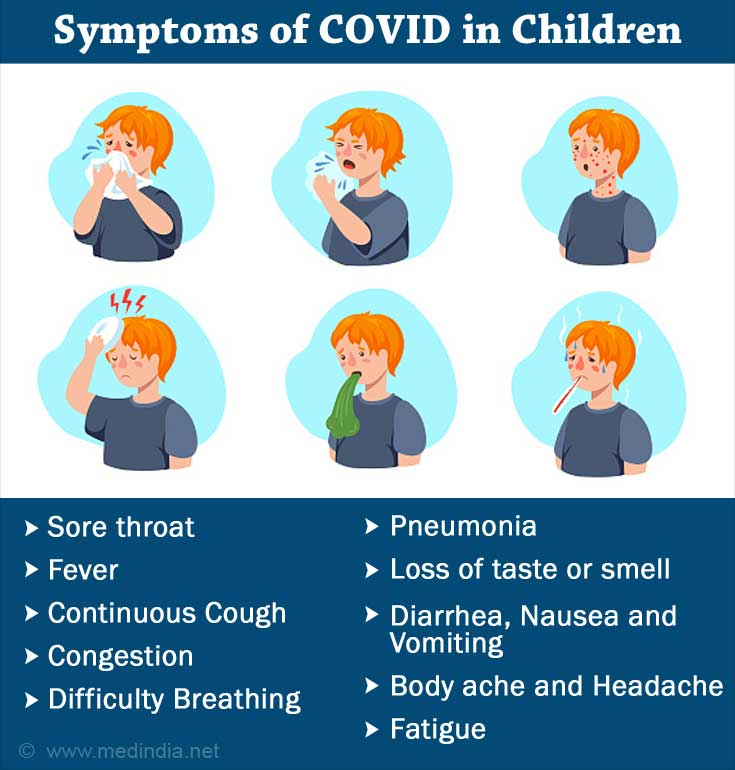
Certain symptoms require hospitalization. These include difficulty breathing, inability to retain liquids leading to vomiting, bluish coloured lips, sudden new confusion, stomach pain, chest pain and inability to waken.
As a result of COVID, other conditions such as Acute Respiratory Distress Syndrome, Shock and Multisystem Inflammatory Syndrome in Children (MIS-C) may develop and need medical attention. MIS-C involves rashes, gastrointestinal distress, coagulopathy and cardiac issues.
How do you Diagnose COVID in children?
In order to diagnose COVID in children, different types of molecular tests can be conducted. An RT-PCR test can be conducted. This involves taking a nasopharyngeal swab. The test checks for the presence of viral RNA in the sample. This test is generally accurate 70% of the time.
A matter of caution is the occurrence of false negatives. A child who has been in contact with a known COVID infected individual may immediately get tested. The test results can be negative. This could be because the virus has not been detected by the test, but the child may actually have COVID, symptomatic or asymptomatic. A retest could show a positive result.
False positives can also occur as the test may detect the presence of deactivated virus in the body from a person who previously had COVID. The other molecular tests include LAMP and NEAR tests, but RT-PCR is considered to be the best option.
Another test used for diagnosis is the antigen test in which a nasal and throat sample are collected. This test is conducted by detecting protein markers found around the SARS- CoV-2 virus. It is not as accurate as the RT-PCR.
Antibody tests study the blood to check for presence of antibodies developed in response to the virus. This test is more useful to check if one has had COVID in the past rather than diagnosing a current infection.
CT scans are also being used to test the presence of COVID. CT abnormalities are found in 75% of children with confirmed COVID. However it is important to rule out other illnesses such as influenza B.

How can you Treat COVID in children?
The Ministry of Health and Family Welfare (MoFHW) has provided comprehensive guidelines for the management of COVID in children. This is according to the severity of the case. For asymptomatic cases, home isolation with telephonic consultation and nutritious food and fluids are recommended.
For mild cases, paracetamol, throat soothing agents and daily monitoring of symptoms is required. This includes breathing rate, cold fingers and toes, oxygen levels and fluid intake.
For moderate cases, the child may need to be admitted in a hospital. Oxygen support is required when the level is below 94%. Blood tests and a chest x-ray may be needed. Fluids and electrolytes need to be kept in balance.
For severe cases, the child will need to be admitted in an intensive care or high dependency unit.
Oxygen therapy, anticoagulants, corticosteroids, organ support and antimicrobials may be required. Blood tests, CT scan of chest would be required till the patient stabilises.
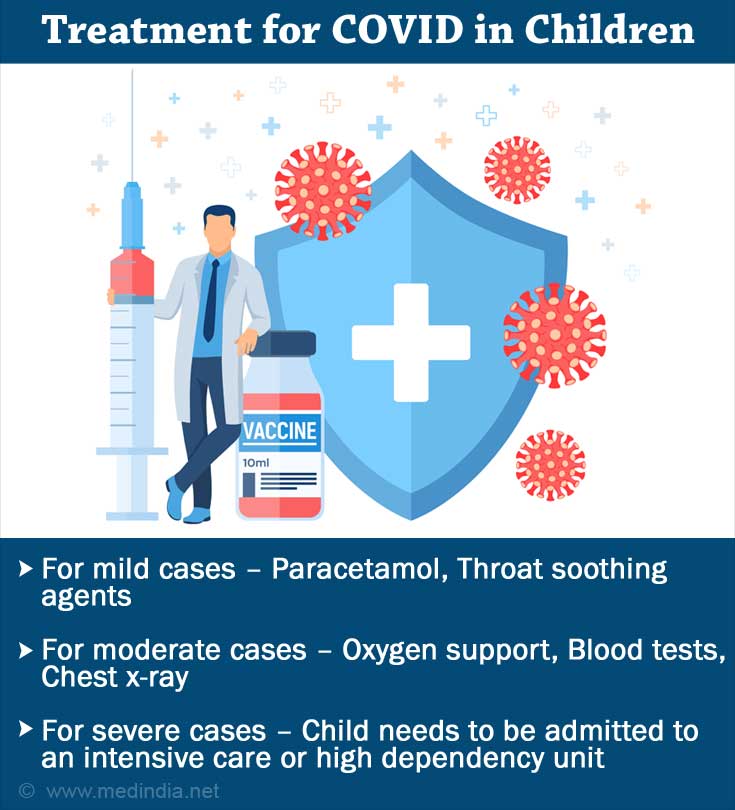
How to Prevent COVID in children?
Preventing COVID in children involves ensuring that they stay at home as much as possible, avoid crowded spaces, wear masks while outside (above 5 years of age), wash or sanitize hands frequently, and maintain social distance (6 feet). As children may not be as careful as adults, it is important to spend time teaching them in a way that is interesting and possibly adding a reward for following the safety precautions of COVID-19.
Vaccines for children are in the third stage of trial for children aged 12-18 years. The main frontrunners are Covaxin and Zycov-D. Trials for younger children will start soon.
